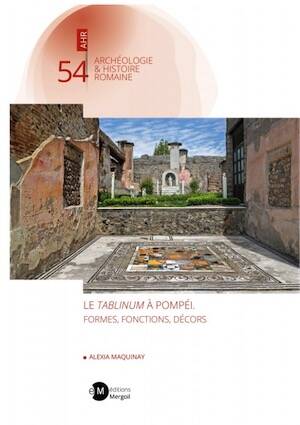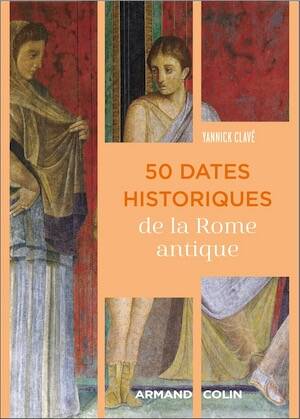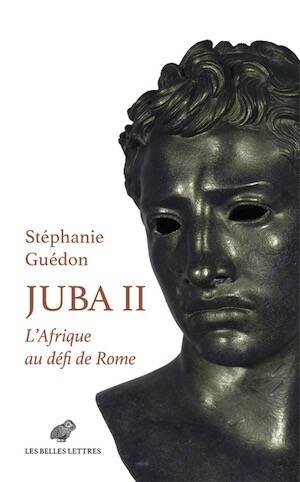- Recherche
- Recherche avancée
Illerup Adal - archaeology as a magic mirror, 2002, 152 p. -
This book about the excavations in Illerup Ådal in Eastern Jutland tells the story of the Scandinavian regions at the time when the Romans were guarding their boundaries towards the north. This is the story about the background and preconditions for the Viking campaigns of later times. Even though the Romans did not reach further north than Northern Germany in their attempts at colonisation, the Scandinavian region was in any case strongly influenced by Roman culture, but the absence of settlements means that there are no Roman baths, fortresses, villas or bridges to be found. We have to content with Roman weapons, glass, pots and vessels. The archaeological finds from Illerup Ådal tell the Scandinavian story, providing evidence about events that were not reported in writing as they happened. The story is revealed by large-scale sacrifices of weapons and army equipment from the first half millennium AD. A victorious defender of his native territory turned over the spoils to the god of war in gratitude for the victory on the battlefield. The Illerup book describes 18 years of excavation in the peat-bog in Eastern Jutland and the equally extensive research which followed. Among the 15,000 excavated objects there are finds of the most advanced weapon of the time, namely the two-edged Roman sword. Exceptionally fine shields, painted red and with gold and silver mounts, show the status of the prehistoric Scandinavian kings, and the Illerup find's 10 runic inscriptions tell of a Nordic society where some could read and write as a result of intensive and direct contact with the higher levels of contemporary Roman culture.
Référence : 31887.
Anglais
51,00 €
Dans la même époque
Nouveauté

46,00 €
Nouveauté

22,00 €
Nouveauté

19,50 €

